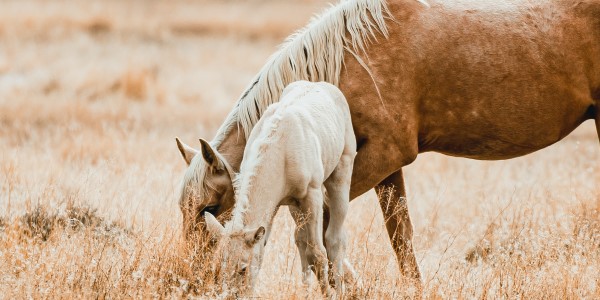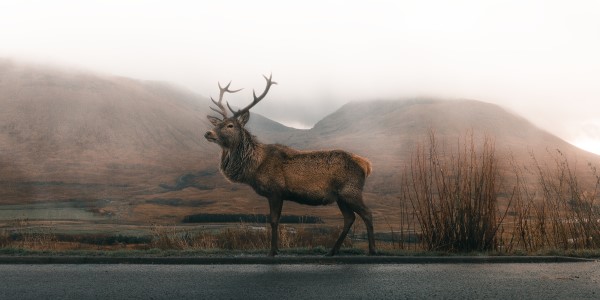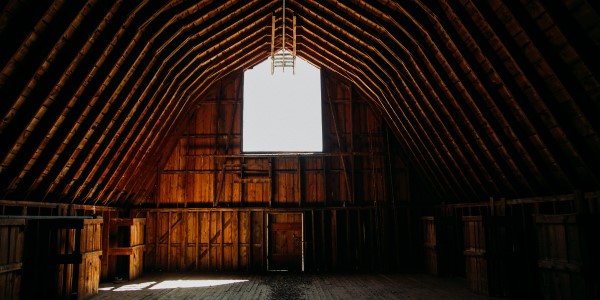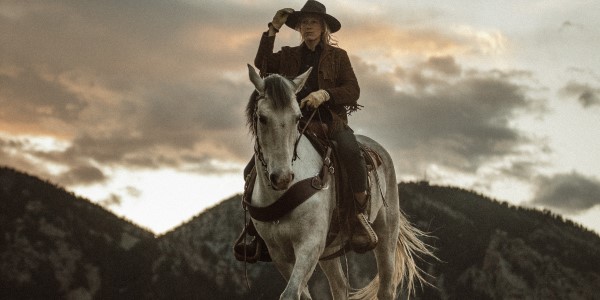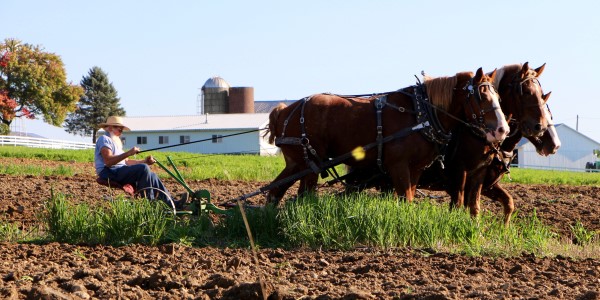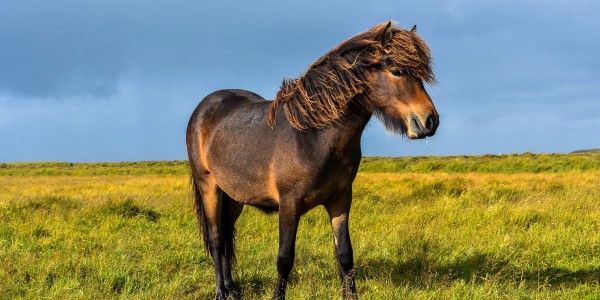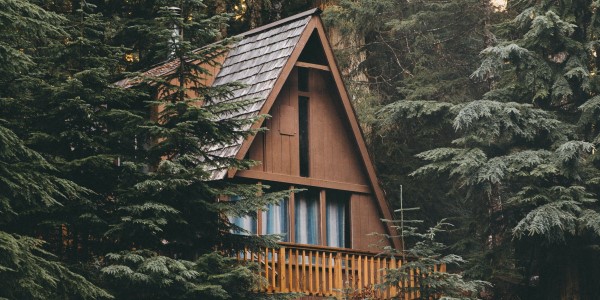Colorado is known for its dry climate. In fact, much of Colorado is designated as a high desert. Dry climates are a recipe for fires and Colorado has seen its fair share of this type of disaster. Horse owners have a lot at stake when it comes to facing fires. However, there are many things you can do to prevent fires from starting in your stables. Continue reading for some tips on fireproofing your horse barn. Also, if you are looking for a horse property for sale in Colorado, contact Colorado Horse Property today and speak with one of our horse-person realtors.
Tips on Fireproofing Your Horse Barn
There are several precautionary measures you can implement to reduce the risk of a fire starting in your horse barn. Firstly, ensure that any heat lamps or space heaters you use are positioned at a safe distance from flammable materials. Make sure to place these heating devices on stable, non-tipping surfaces. In terms of electrical safety, refrain from using extension cords within your barn. Regularly inspect your wiring for any signs of damage, and ensure that all electrical equipment is explicitly labeled for agricultural or commercial use. Installing protective covers for your lightbulbs is essential to shield them from dust, moisture, and breakage.
Since feed, hay, and straw are highly combustible, store them separately from your horses, ideally in a separate space or building. It is advisable to designate your barn as a smoke-free zone, following the guidance of your local fire department. Additionally, ensure that all individuals working in the barn know the proper use of fire extinguishers to swiftly respond to potential emergencies. If you need help fireproofing your barn or horse stables, contact your local fire department. Ask them if they have any resources that you can use to prevent a fire in your stables.




